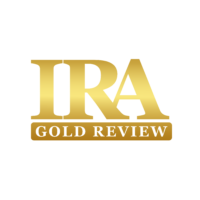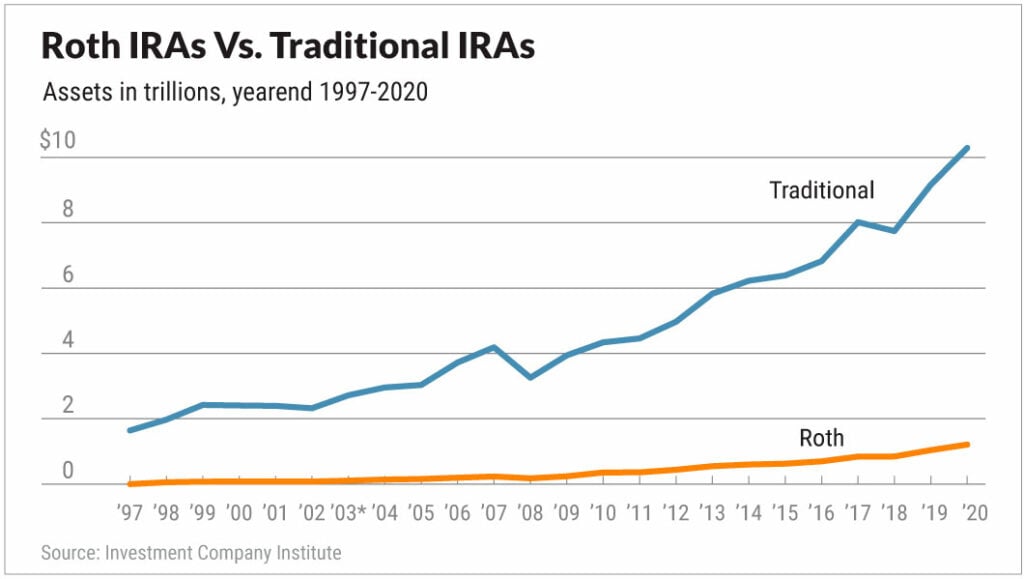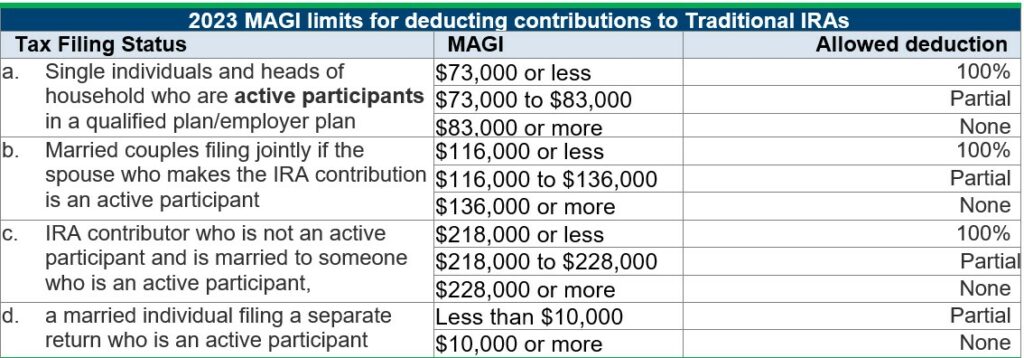The best Gold IRA is Goldco, which is located in California, has been offering Silver and Gold IRAs to investors for over ten years. The corporation has made a $695+ million profit from selling its precious metals. The business’s dedication to excellent service and wealth of instructional resources make it a strong contender for investors of all skill levels.

Recognition
We found in this Goldco review, that they do have a solid track record for assisting its clients throughout the investing steps and providing them with top-notch customer service. The firm has an A+ rating from the Better Business Bureau and has received mostly good customer feedback on review sites. Trustpilot users rate it at 4.6 stars, which is quite high. This sets Goldco apart from its rivals since not all suppliers of Gold IRA can make this claim.
Accessibility
Goldco provides silver, platinum, gold, and palladium for Individual Retirement Accounts. Those are the most common precious metals for self-directed IRAs to invest in. You may invest from Goldco with great faith, considering that if your financial situation changes and you want to exit from the precious metals marketplace, Goldco will buy back the assets they supplied you.
To utilize Goldco’s precious metal IRAs, clients may either form a new self-directed IRA or roll over across an existing retirement account, such as a 403(b), 401(k), 457, pension, or TSP. Clients have full legal title to the metals held in their IRAs, which are deposited in a safe at an FDIC-insured institution. They can get their gold and silver whenever they choose. If you withdraw your precious metals from your retirement plan before the assets become distribution-eligible, you may incur penalties from the Internal Revenue Service.
Goldco provides precious metal IRAs and sells silver, gold, and other precious metals for individual safekeeping. Self-stored assets cannot be placed in a qualified retirement plan since a qualified financial institution does not hold them.
COSTS, DISCOUNTS, AND DISCLOSURE
While Goldco’s webpage does not provide specific prices for Precious Metal IRAs, it still does state that fees are assessed on an annual flat rate basis rather than as a percentage of the IRA’s holdings. Goldco notes that depositories and custodians set their storage rates, which is typical. Goldco gives up to 10% free silver to qualifying clients regularly, and most clients are eligible. Investors are encouraged to contact a Goldco consultant for details on rates and ongoing specials. Goldco’s Buy Back program ensures you’ll get the best price possible if you sell your precious metals.
SERVICES FOR SERVING AND INFORMING CLIENTS
When it comes to the best Gold IRA companies, Goldco has some of the most helpful online learning materials we’ve seen. Their Basic Handbook to Gold IRA companies is a great starting point for anybody interested in learning more about this investment vehicle.
The firm writes a blog on investing in precious metals, covering topics including the economy, the Reserve, retirement strategies, and the impact of politics and current events on your portfolio. You may also get a free package that explains what to anticipate in retirement and how dealing in precious metals may assist you in achieving your investment goals if you’re intrigued.
Goldco reviews rave about the company’s dedication to helping the novice and seasoned investors. From Monday to Friday, between 7:00 a.m. and 4:00 p.m., visitors may reach Goldco’s support staff through email, chat, or phone.
GOLD IRA: USEFUL DETAILS YOU SHOULD KNOW
Gold IRAs are one subset of precious metal IRAs, which allow investors to diversify their financial portfolios by holding precious physical metals rather than paper assets. Silver, gold, platinum, and palladium are the precious metals permitted by the IRS, but because gold is the most popular one acquired, all four are sometimes bundled under the phrase “Gold IRA.”
Gold IRAs are special self-directed IRAs in which investors may put their money into tangible assets other than bonds, cash, or stocks, such as precious metals, property investment, and even livestock. The typical process for a gold IRA includes an IRA trustee who makes the purchase on your part from a metals broker, the gold dealer making the sale to you, and an IRS-approved depository where the metals are held. All of them come with their costs that you’ll want to factor in while comparing Gold IRAs.
BEST GOLD IRA COMPANIES
Both regular and Roth Individual Retirement Accounts (IRAs) may hold precious metals, with contributions typically tax deductible and exchanges and gains being tax-free. Individuals who want to diversify their holdings may benefit from establishing a gold IRA since gold’s price tends to trend in the opposite way of assets and may serve as a hedge against inflation.
Precious metal prices may rise or fall suddenly, but a diversified portfolio that includes physical gold and cash assets can assist cushion losses from either marketplace. The value of gold and other precious metals utilized during IRAs has risen steadily since 2016, mostly because mines have had to drill down to obtain the same quantity as before.
Among the most prominent examples of IRAs to invest in are precious metals, which have become popular due to recent market volatility. Investing a portion of your IRA in gold is a time-tested strategy for mitigating risk and diversifying your investment. However, you should usually contact a financial professional to establish how precious metals may function in conjunction with the remainder of your investment.






